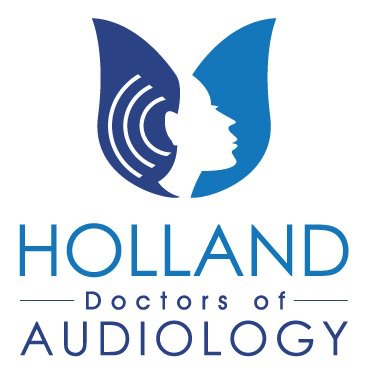STEP 1: Case History
This is the part of the appointment where we learn about your history, symptoms and lifestyle
WHAT WE DISCUSS
-
Medical History
We ask questions about surgeries, medications and other health issues that may be relevant to your hearing issues. If possible, please bring a list of your medications.
-
Symptoms Review
To better diagnose your problems, we examine what symptoms you are experiencing and in what situations. We discuss hearing, balance, tinnitus and other aspects of your health.
-
Lifestyle Review
Your lifestyle is important to know for selecting the right solution to your hearing challenges. We take the time to get to know you to better understand your individual needs.
-
Noise Exposure
Whether from military service, industrial settings, or concerts, noise exposure is a major cause of hearing loss. We discuss past and present noise exposure and evaluate possible needs for hearing protection to prevent further hearing damage..
STEP 2: Otoscopic Ear Exam
Our Doctors will look in your ears, using an otoscope, to examine your eardrums and ensure that there are no obstructions or other problems. If necessary, they can remove excessive and impacted wax using a microscope.
What We’re Looking For
-
Cerumen (Earwax)
Too much earwax can block the sound entering the ear. Some cerumen is normal – we make sure your ear canals are clear and that earwax will not interfere with testing.
-
Ear Canal Health
We want to ensure that there are no growths, cysts, signs of external infections, or other skin conditions. Believe it or not, foreign objects occasionally get stuck in your ear canal and obstruct the sound.
-
Eardrum (Tympanic Membrane)
Your tympanic membrane, TM, or eardrum, is an important component to your hearing. The appearance of your TMs can indicate possible medical problems of the middle ear. We look for signs of infection, perforations, retractions, and more.
-
Appearance of Ear
Our Doctors will look for deformities, growths, skin tags, and possible abnormalities of the outer ear, ear lobe, and surrounding area.
STEP 3: Hearing Test
While in our extra large sound-attenuating booth, we measure how you hear under various conditions
What We’re TESTING
-
Air Conduction Tests
Using specialized headphones, we play tones at various frequencies across the spectrum and have you respond when you hear them.
-
Bone Conduction Tests
Using a small button behind your ear, we can directly stimulate the hearing nerve and determine possible blockages in the middle ear area.
-
Speech Testing
Using speech at various volume levels, we test your level of understanding (speech discrimination) for men’s and women’s voices. We test both in Quiet and with various levels of Noise in the background.
-
Uncomfortable Levels
Testing your UCLs, or Uncomfortable Loudness Levels, helps us evaluate your dynamic range of hearing and understand which sounds are too loud for you.
-
Uncomfortable Levels
Tinnitus can be measured in terms of pitch and loudness. Once we establish the ‘numbers’ that define your specific tinnitus, our Doctors will give you different sounds to see how it can be overcome.
STEP 4: Review Results
After the case history, otoscopic exam and hearing tests, our Doctors will review the results
FIND A SOLUTION
-
Audiogram Review
We will plot the results on chart and also explain what they mean, how they relate to your hearing problem, and how they compare to normal hearing.
-
Medical Review
If any red flags come up during the testing, our Doctors may refer you to an appropriate specialist, and will coordinate care with your Primary Care Physician.
-
Hearing Needs
We will also discuss how to best protect your ears from damaging sounds and can create a hearing conservation plan. If hearing aids are indicated, we can discuss your needs for hearing loss, lifestyle, and budget. A Hearing Aid Evaluation appointment may also be scheduled for a demonstration of hearing aid options.
-
Hearing Aid Evaluation
To best evaluate which hearing aids are most appropriate for your hearing loss, ear canal size/shape/acoustics, and to allow you to hear through hearing aids to better understand the types/differences.
